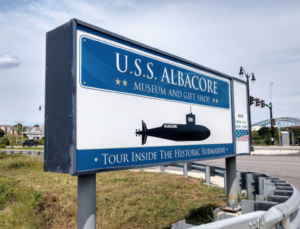 Preparations are underway by Port City Amateur Radio Club members to set up an Amateur Radio display at Navy History Day at the USS Albacore in Portsmouth, NH.
Preparations are underway by Port City Amateur Radio Club members to set up an Amateur Radio display at Navy History Day at the USS Albacore in Portsmouth, NH.
PCARC President Kriss Kliegle, KA1GJU, explains that the display will be geared towards younger children. “[We will] show them the code practice oscillator and teach them how to send code. There will be some paperwork with the Morse code characters. In the past, we have had them send their name or simple messages in code.”
KA1GJU also plans to record “a swath of spectrum in the HF bands (IQ data) and play it back with my SDR Console software to demonstrate CW, and some of the digital modes on the bands. If we are allowed WiFi access, I could access my network of live SDR’s via the SDR Console Servers that I have. Using a real radio and antenna at the site is next to impossible due to the QRM from leaky HV power lines all around the museum.” Kriss adds, “This is where the club can present Amateur Radio to the younger generation, which is one of the most important aspects of our club… seek new members and get them active on the radio.”
The five hour event is estimated to have over two hundred adults and fifty children and young adults in attendance.
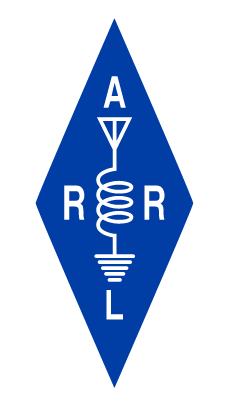
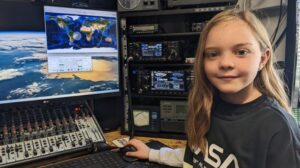 London (CNN) – When Isabella Payne heads back to elementary school in September, she’s going to have the best “what I did in my vacation” story to tell.
London (CNN) – When Isabella Payne heads back to elementary school in September, she’s going to have the best “what I did in my vacation” story to tell. From ema.arrl.org:
From ema.arrl.org:
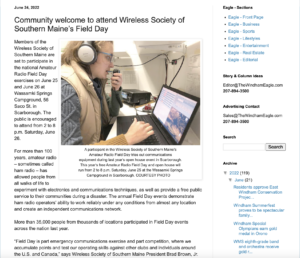 “Members of the
“Members of the 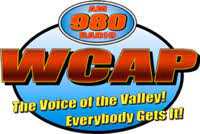 From ema.arrl.org:
From ema.arrl.org: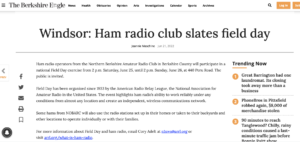 From The Berkshire Eagle, June 21, 2022:
From The Berkshire Eagle, June 21, 2022: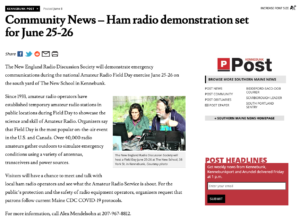 The New England Radio Discussion Society (NERDS) obtained excellent publicity for its upcoming Field Day operation. The article is entitled, Community News – Ham radio demonstration set for June 25-26.”
The New England Radio Discussion Society (NERDS) obtained excellent publicity for its upcoming Field Day operation. The article is entitled, Community News – Ham radio demonstration set for June 25-26.”